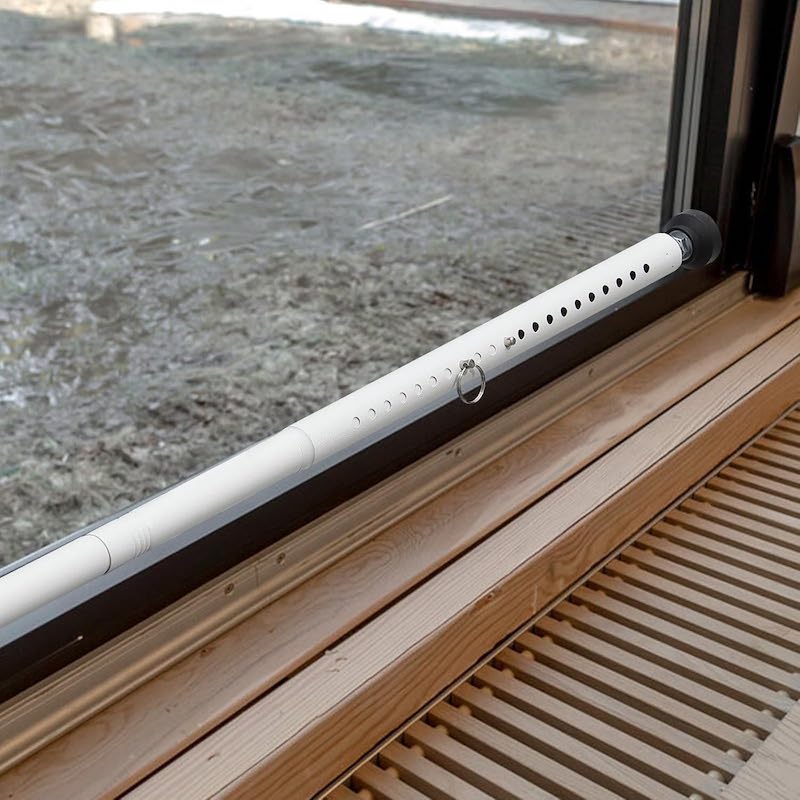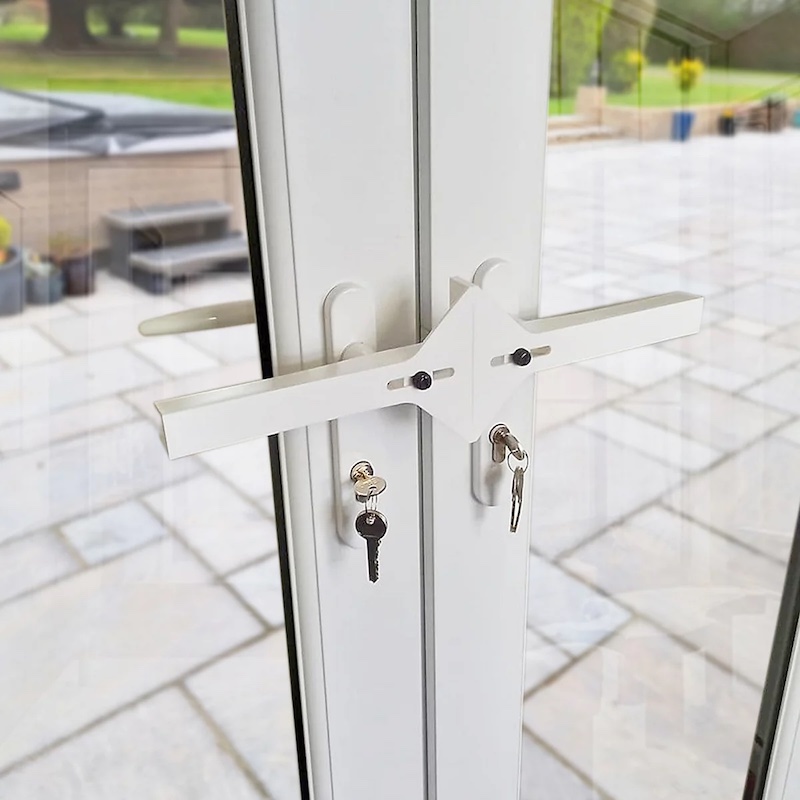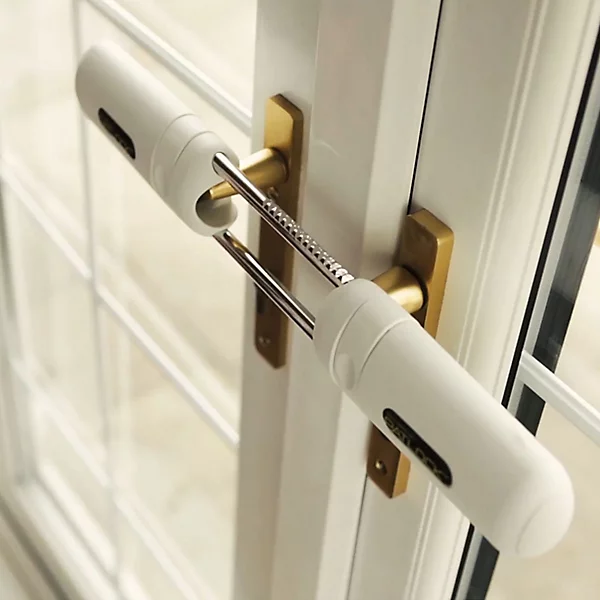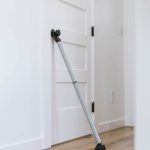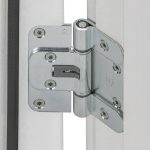The Importance of Security Sliding Doors for Home Safety
Security sliding doors are not just entry points; they’re crucial safety features. They provide robust protection against intruders. Furthermore, they offer a visual deterrent, often discouraging break-ins before they happen. These doors blend security with style, maintaining the aesthetic appeal of your home without compromising safety. For families, they add an extra layer of protection. Children and pets can enjoy natural light and views without the risk of straying outside. Also, security sliding doors can enhance insulation. This benefit keeps your home cooler in summer and warmer in winter. They can lower energy bills, too.
For added peace of mind, modern doors often come with a multi-lock system. This ensures they remain firmly shut unless you decide otherwise. Lastly, incorporating a security sliding door can increase property value. It reassures potential buyers that your home is safe and well-maintained. In conclusion, security sliding doors are key to a safe, comfortable, and energy-efficient home. They’re a smart investment for any homeowner concerned about safety and cost-saving.
Key Features of High-Quality Security Sliding Doors
When choosing a security sliding door, quality is paramount to ensure maximum protection. Here are the key features that define high-quality security sliding doors:
Robust Locking Mechanisms
High-quality doors have advanced locking systems. Look for multiple point locks that secure the door to the frame at several places. This provides added strength against forced entry.
Durable Frame Materials
Frames come in materials like aluminum, steel, or metal alloys. They need to be strong and resist bending or breaking. A durable frame adds to the security of the door.
Reinforced Glass Options
Tempered or laminated glass is a must. It’s tougher than regular glass and stays intact when shattered, preventing easy access.
Precision Fit and Finish
A door that fits well in its frame seals your home better. This reduces gaps and makes it hard for someone to pry it open.
Smooth Gliding Tracks
Quality doors glide smoothly. Durable tracks prevent the door from being lifted out from the outside, a common burglary tactic.
Anti-Lifting Devices
These prevent the door from being lifted off its track from the outside. They create an extra barrier to entry.
Weather Stripping and Seals
Good seals keep out the elements and improve insulation. They also make doors quieter when opening and closing.
Integrated Alarm Sensors
Some doors can connect to home security systems. This alerts you when someone tries to tamper with your door.
Look for these features when shopping for a security sliding door. They will ensure that your door serves well in protecting your home.
Selecting the Right Material for Your Security Sliding Doors
When it comes to your home’s safety, selecting the right material for your security sliding door is crucial. The material determines the door’s strength, durability, and resistance to intrusion. Here’s a guide to the most common materials used for these doors:
Aluminum
Aluminum is lightweight yet strong. It resists corrosion, making it ideal for homes in humid or coastal areas. For a security sliding door, choose aluminum with a high-grade alloy. This ensures it can withstand impacts and tampering attempts.
Steel
Steel is one of the strongest materials available. It offers superior protection against forced entries. However, it’s heavier and may need more robust hardware. It also requires consistent maintenance to prevent rust in wet conditions.
Metal Alloys
Metal alloys combine different metals to enhance strength and durability. They often require less maintenance than pure metal options. Alloys can be a solid choice for security sliding doors, offering resistance to wear and impacts.
Wood
Wood can be robust, but it’s less common for security doors. It requires regular upkeep to maintain its integrity and aesthetics. If you prefer the look of wood, consider reinforced wooden doors with a metal core.
Vinyl
Vinyl is a cost-effective option with good insulation properties. While not as strong as metal, high-quality vinyl can provide reasonable security. It often comes reinforced with metal frames to increase its protective abilities.
Research and consider your local climate, the style of your home, and security needs when choosing your material. Remember, a strong, well-fitting door made from the right material is a key component in home security.
Innovative Security Technologies for Sliding Doors
With safety being a paramount concern for homeowners, innovation in security technology for sliding doors has become increasingly important. Let’s explore cutting-edge technologies that are enhancing the security of sliding doors:
Smart Locks
Smart locks have revolutionized home security. For security sliding doors, smart locks offer keyless entry, remote locking, and unlocking, as well as real-time monitoring.
Break-in Detection Sensors
These sensors can detect when the glass is broken or when the door is forcibly opened. An instant alert is sent to the homeowner’s phone or security system.
Biometric Access Controls
Futuristic yet available now, biometric systems use fingerprints or retinal scans to grant access. They ensure that only authorized individuals can open the security sliding door.
Solar-Powered Security Screens
Eco-friendly and functional, these screens power themselves. They can alert you to tampering while reducing your home’s carbon footprint.
Automatic Locks
Doors that automatically lock when closed prevent you from forgetting to secure them. These locks are ideal for keeping your home safe without extra effort.
Security Bars and Grills
For an added layer of protection, security bars or grills can be installed. They provide a physical barrier that deters would-be intruders.
These innovative technologies add an extra level of security to your home. They complement the physical strength of your security sliding door, creating a formidable barrier against intrusions. Consider integrating one or more of these technologies to fortify your home safety further.
Step-by-Step Installation Process for Security Sliding Doors
Installing a security sliding door is a straightforward process if you follow the appropriate steps carefully. Here’s a step-by-step guide to ensure your door is installed for optimal security:
- Measurement: Begin by measuring the doorway. Ensure precision to avoid gaps that could compromise security.
- Choosing the Door: Select a security sliding door that fits your measurements and has high-quality features outlined previously.
- Gather Tools: Collect the necessary tools. You will typically need a drill, screws, level, and measuring tape.
- Preparation: Prepare the opening. This may involve removing an old door or trimming to accommodate the new frame.
- Frame Installation: Install the door frame first. Use the level to ensure it’s straight and even.
- Door Placement: . Carefully place the door into the frame. Check that it slides smoothly.
- Lock Installation: Install the lock and handle according to the manufacturer’s instructions. Test them to confirm they are functioning properly.
- Security Checks: Look for any gaps around the door and fix them. Install weather stripping as needed for insulation and additional security.
- Final Inspections: Do a final inspection. Make sure the door locks securely and the tracks are obstruction-free.
Always refer to the manufacturer’s manual during installation for specific instructions related to your security sliding door model. If the installation process seems daunting, consider hiring a professional to ensure the job is done right. Good installation is key to maximizing the effectiveness of your security sliding door.
Maintenance Tips to Ensure Long-Term Durability
Keeping your security sliding door in top condition is vital. Proper maintenance ensures it operates smoothly and remains secure. Here are valuable tips to prolong the life of your security sliding door:
- Regular Cleaning: Dirt and debris can accumulate in the tracks. This can cause the door to stick or not close properly. Cleaning out the tracks regularly with a brush or vacuum will prevent this.
- Lubricate Moving Parts: Using a silicone-based lubricant, lightly spray the door’s rollers and tracks. This keeps the movement fluid and prevents wear-and-tear.
- Inspect Locks: Check the locking mechanism frequently. If you spot any signs of wear, have it repaired or replaced to ensure your security isn’t compromised.
- Adjust Rollers: Over time, the door may become misaligned. Adjust the rollers according to the manufacturer’s instructions to keep the door sliding smoothly.
- Check Seals and Weather Stripping: Ensure that seals and weather stripping are intact. They’re crucial for insulation and to stop small intruders like insects.
- Examine for Corrosion: If your door has metal parts, look for rust or corrosion. Apply anti-rust treatments or touch-up paint to affected areas.
- Tighten Screws and Bolts: Loose hardware could affect the door’s function. Tighten all screws and bolts periodically to keep everything secure.
- Consult Professionals: For any significant issues or installations, consult a professional. They ensure your door’s integrity is not compromised.
By following these maintenance steps, your security sliding door will function reliably. This will secure your home for many years to come. Don’t ignore small issues. They can turn into big problems if neglected.
Integrating Security Sliding Doors with Home Security Systems
Integrating security sliding doors with your home security systems elevates your safety. When combined, they form a powerful shield against intruders. Here are some ways to sync these security measures for optimal protection:
Choose Compatible Systems
Ensure your door can connect to your existing home security setup. Look for doors with built-in tech that links to alarms and sensors.
Use Unified Controls
Go for systems that offer a central control panel or app. This makes it easy to manage all your security features in one place.
Regular Test Runs
Conduct frequent tests to check if your sliding door correctly signals the security system. This can uncover any glitches or malfunctions early on.
Professional Integration
For a flawless setup, consider professional installation. Experts can best align your door’s tech with your home security system.
By integrating your security sliding door with the home security system, you boost your home’s defense grid. Take advantage of smart tech to keep your living space safe and secure.
Cost-Benefit Analysis: Investing in Security Sliding Doors
When evaluating home improvements, a cost-benefit analysis is key. This holds true for security sliding doors. Such an analysis considers both the costs of investment and the potential benefits. Here’s a breakdown for security sliding doors:
Initial Costs
The initial expenses include the purchase price of the door and installation charges. Prices vary based on materials, size, and features. You might also consider additional costs for enhanced security tech.
Long-Term Savings
Security sliding doors save money over time. They reduce energy bills by improving insulation. They may also lower insurance premiums due to increased home security.
Increased Property Value
Homes with these doors often have higher market values. Potential buyers value the added security and are willing to pay more for it.
Peace of Mind
Though hard to quantify, peace of mind is a significant benefit. Knowing your home is secure can save you from the anxiety associated with break-ins.
Potential Disadvantages
Consider potential costs like maintenance and repairs. However, selecting high-quality doors reduces these expenses long-term.
When factoring these elements, security sliding doors are a wise investment. They offer more than security; they provide savings and comfort. This justifies the initial spending, leading to long-term benefits for homeowners.
